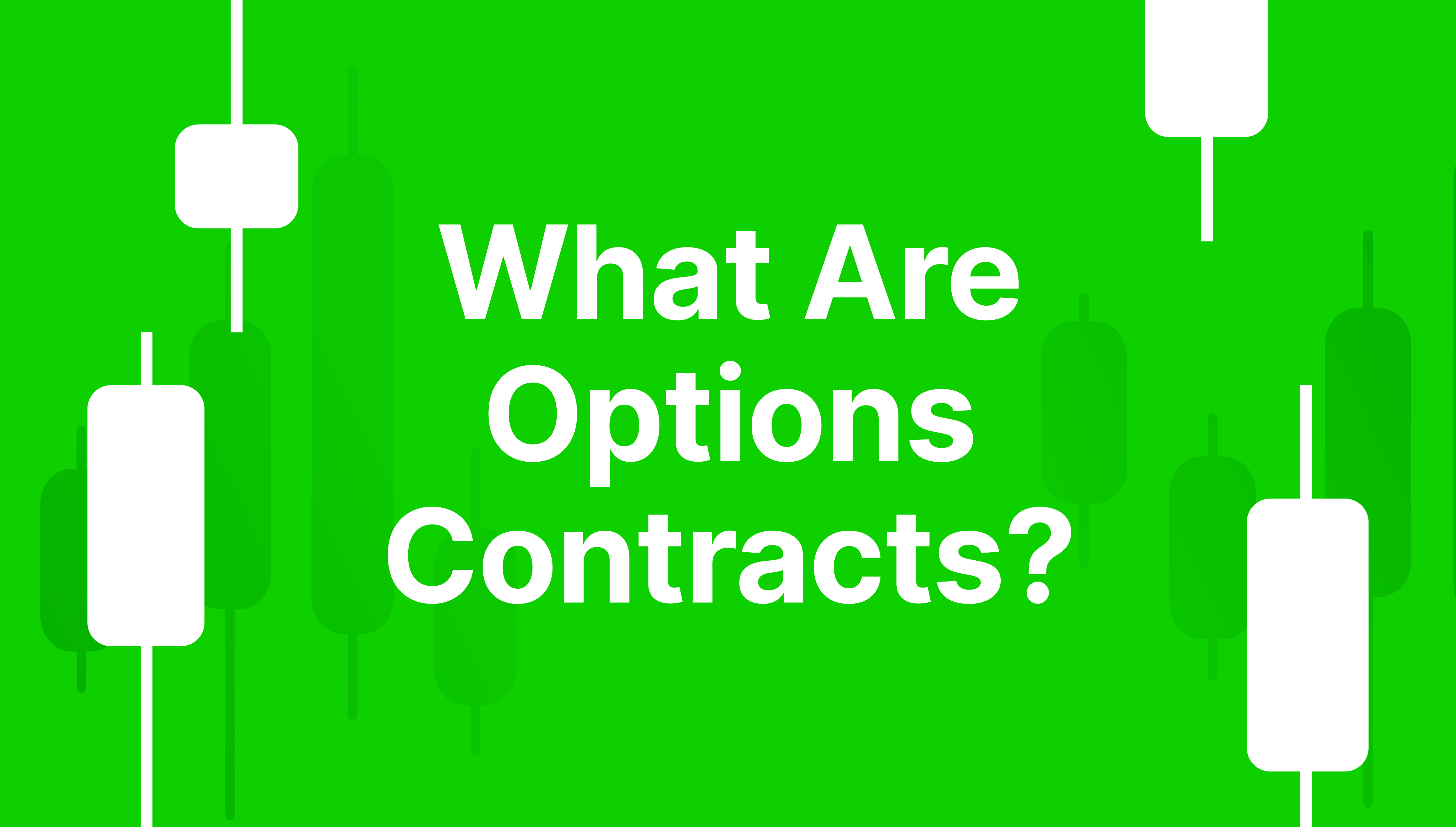Crypto Exchange Liquidity
Articles


Asset liquidity vs exchange liquidity: what are the differences
Cryptocurrencies have got a new round of investment perspectives with the significant increase of the market capitalization in 2020. Meanwhile, experts understand more than 95% as of low liquidity. Furthermore, there is a difference between two notions: asset liquidity and crypto exchange liquidity. Traders and investors should not mix these notions up.
Why invest in liquid cryptocurrencies?
The crypto market offers more than 8 000 different virtual assets, while traders and investors follow diverse strategies. Someone invests in top-rated cryptocurrencies for the long term, while others are looking for less known assets, paving the path towards the highest profits.
What does liquidity mean for market participants? You may easily exchange assets with high liquidity. As for illiquid cryptocurrencies, supply and demand are not correlated, and a holder needs to sell an asset lower than its market price. Furthermore, the price movement of illiquid virtual currencies is sometimes out of logic – some deals may affect the market situation in general.
This said, traders and investors need to come up with the decision of what is chosen as a priority: knowledge and logic or a dream about giant profits and high risks.
Crypto exchange liquidity: general overview
Traders and investors cannot purchase virtual assets from nowhere. Crypto exchanges and other trading platforms enable market participants with such an opportunity. These platforms can be either liquid or illiquid as well. The more liquid a cryptocurrency exchange is, the less time traders need to execute their orders.
The following factors are important from the viewpoint of crypto exchange liquidity:
- Daily trading volumes. Look at the 24 h trading volume index of a certain exchange. High volumes show that an exchange is in-demand among traders. Meanwhile, take into account the daily trading volume of a certain trading pair. For instance, an exchange may head the ranking of overall volumes, but as for ADA/USDT or EOS/ETH trading pairs the same exchange may be out of the top-10 trading platforms.
- Order book depth. When an order book is deep enough, traders may instantly exchange their crypto assets by market prices. In case of insufficient depth, users are forced to sell assets lower and purchase higher, facing losses.
- Bid-ask spread. The index shows the difference between the highest bid price and the lowest ask price. Such an index may significantly depend on a certain trading pair. This is why traders need to compare the bid-ask spread of several trading pairs on different crypto exchanges to get the fullest picture.
What is the function of a crypto liquidity provider?
While talking about a crypto exchange daily turnover, most trading platforms deal with crypto liquidity providers. These companies hold a large amount of digital assets, stimulating the trading flow within an exchange. Providers are responsible for balancing the interdependence of demand and supply within certain trading pairs. As a result, traders get minimum spread indexes and the ability to exchange cryptocurrencies instantly.
Crypto liquidity providers are also known under the term “market makers”. They are market participants as well, occupying about 90% of the overall trading volumes. The main profit source for crypto liquidity providers lies in trading fees other users are charged.
B2BX crypto liquidity provider
B2BX crypto exchange serves as the crypto liquidity aggregator for exchange and margin trading. The provider offers beneficial conditions for institutional clients, including exchanges, brokers, hedge funds, banking institutions who wish to follow today’s trend, entering the crypto market.










